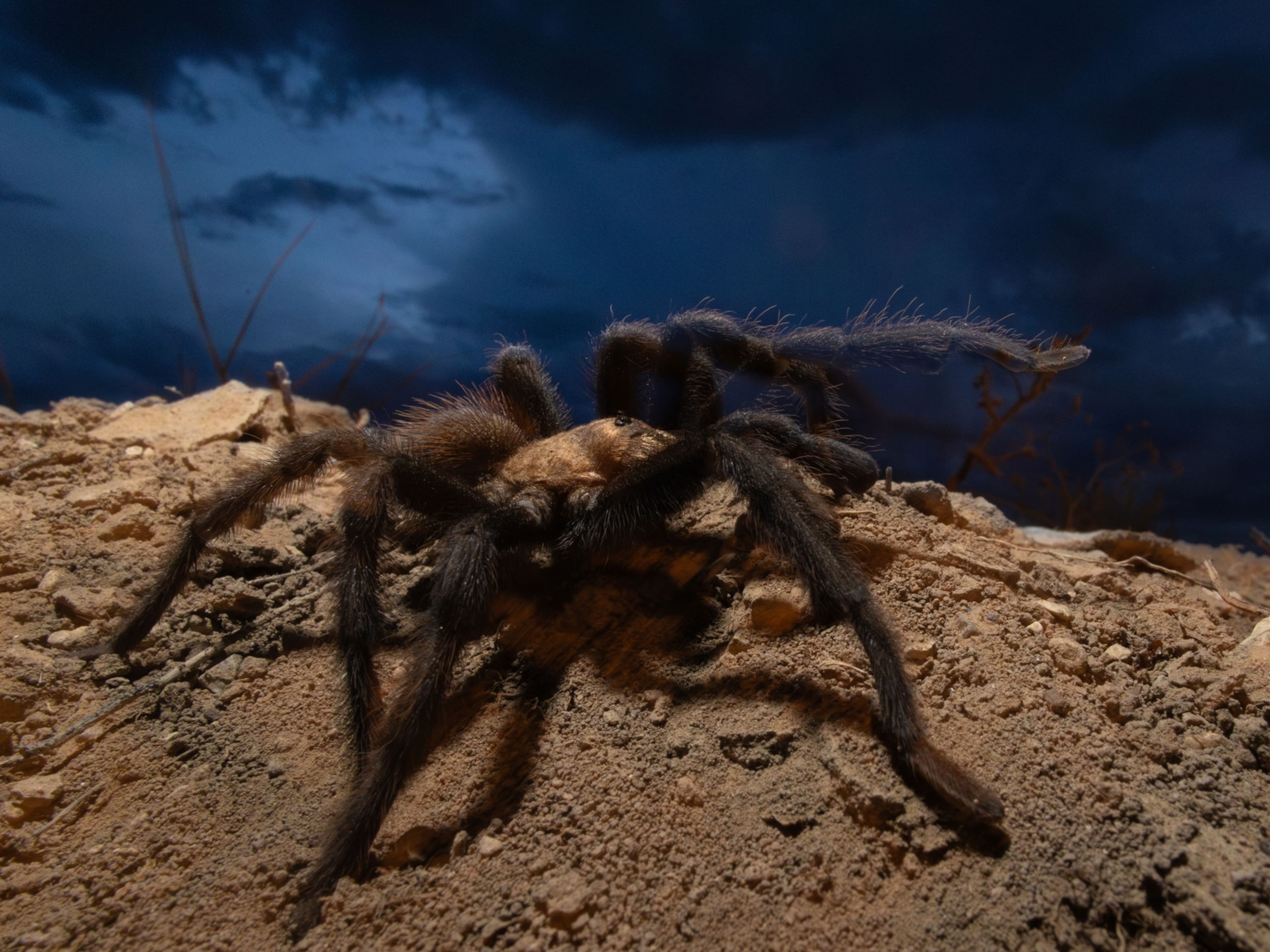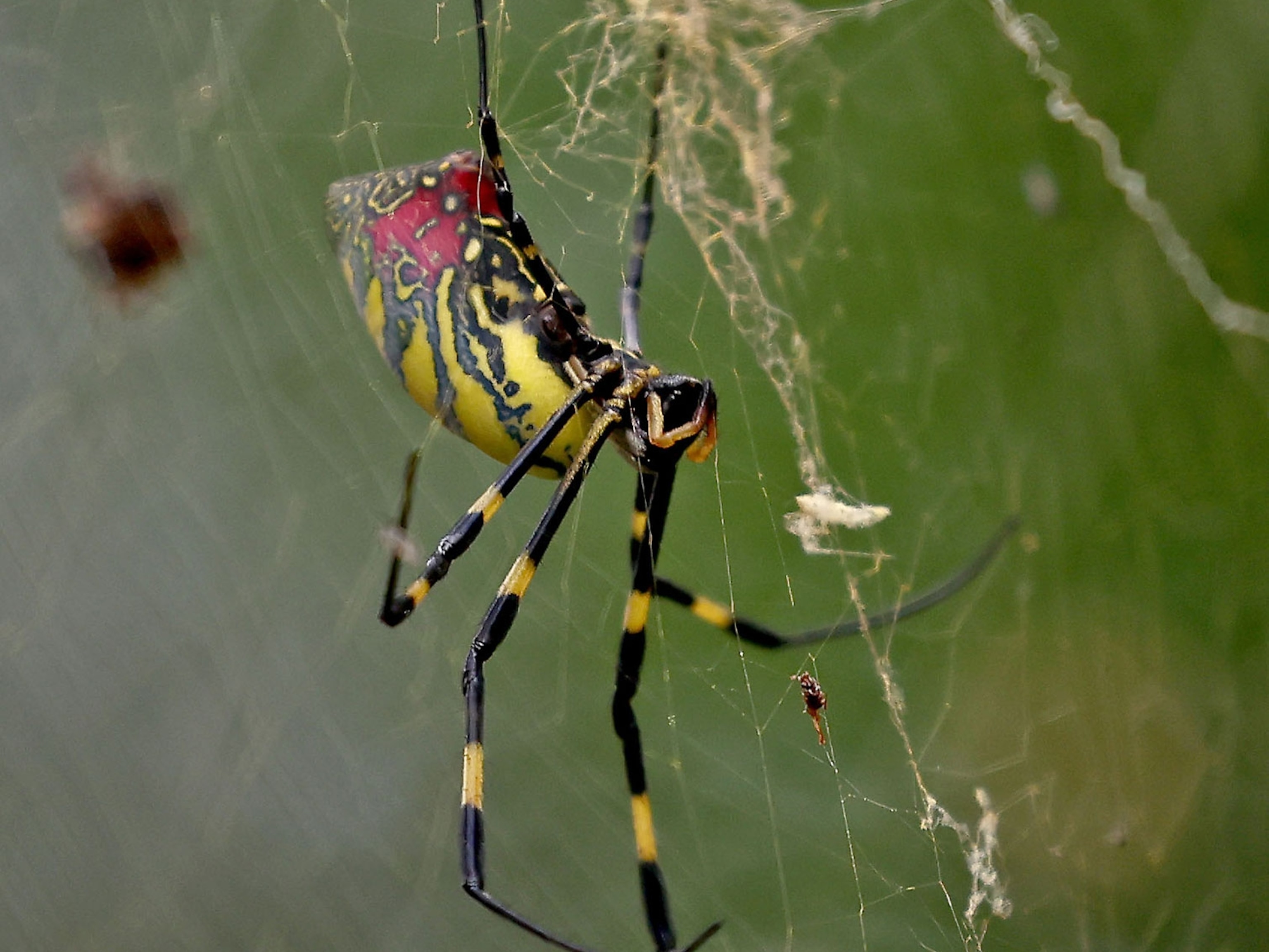Watch: Wolf Spider Squashed, Hundreds of Babies Emerge
A scene in Australia gave people a start, but there’s a simple explanation, say scientists.
Warning: if you have arachnophobia, don't watch the above video.
Posted on YouTube earlier in the month and going viral this week, the brief clip features a “huge wolf spider” that meets a dramatic end.
“We got a bit of a surprise when I squashed it with a broom as hundreds of baby spiders came crawling out of the mother,” wrote the uploader, Danny Ford, who claims to have shot the video in Hallett Cove, South Australia.
Actually, the babies most likely didn’t climb out of the mother, they climbed off the mother, says Norman I. Platnick, a spider biologist—aka arachnologist—with the American Museum of Natural History in New York.
It’s hard to tell what species of spider is seen in the video, Platnick says, because the footage is fuzzy and far away. But he says there’s a good chance it is a wolf spider (a member of the family Lycosidae). Mother wolf spiders are known to carry their egg sacs around with them.
“When the spiderlings hatch, they climb on the mother's abdomen and spend their first days there before dispersing,” Platnick says. “So these spiderlings were on the mother, and did not crawl out of her.”
Christopher Buddle, an arachnologist at McGill University, agrees that the critter in the video is most likely a wolf spider. Typically, the spiderlings will reassemble on their mother after the danger passes, says Buddle. In the event that their mother is killed, they don't have a good chance of surviving, he notes.
Australia has an estimated 400 species of wolf spiders, which aren't lethal to people.





